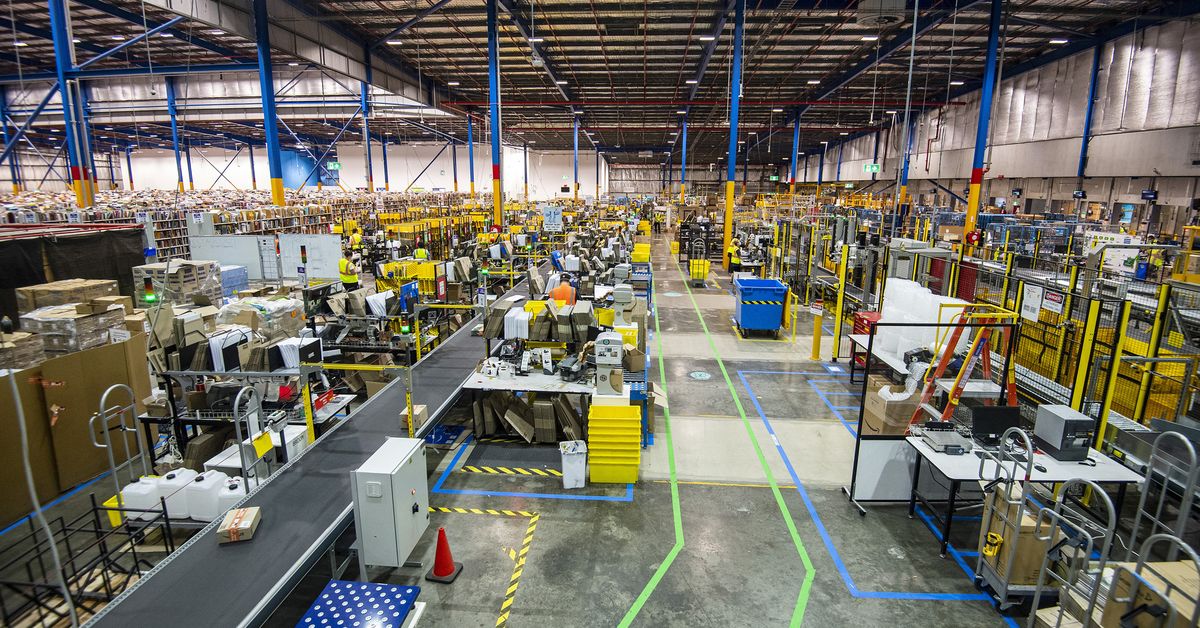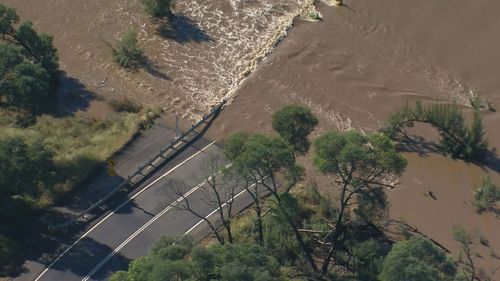Looming supply chain crunch could see shelves empty

- by Admin
- May 2, 2024

A supply expert has warned that urgent supply chain upgrades are needed if the country is to keep goods on the shelves during natural disasters.
NSW Farmers President Xavier Martin said the sheer number and size of flood events over recent years has left many roads and bridges across NSW in desperate need of major repair.
“Repairing our rural road infrastructure is essential to keeping our rural communities alive and moving the food and fibre that fuels our nation,” Martin said.
“Thanks to the current state of our roads, farmers are facing significant challenges and increased costs to get inputs such as fertiliser and fuel onto their farms and transport the food and fibre they produce off-farm and onto the dinner tables of Australian families.”
Travis Erridge, CEO of global supply chain consultancy company TMX Transform, agreed with the cost, pointing out that so-called once-in-a-century weather events were now happening “repeatedly, almost yearly”.

“If there’s less access for suppliers, through to distribution, we could see a lack of product on the shelf,” he told 9news.com.au.
But he said Australia’s supply chains needed much bolstering elsewhere as well.
“Miracles are being done by Coles and Woolworths, but suppliers are not nearly as sophisticated,” he said.
A much more resilient supply system was needed for crucial goods, including alternative routes and well-resourced disaster recovery plans.

“Australia will need to consider rail,” Erridge said.
He said less than 30 per cent of goods in Australia were shifted via rail, though he said more work needed to be done to integrated any potential high-density rail freight with existing supply chain points such as ports and cities.
But the growing, soon-to-be fundamental pressure that will necessitate broad reforms, Erridge said, was e-commerce.
The growing preference for quick shipping and priority delivery was spreading through the community, and becoming a base-line expectation particularly for younger generations, including those now approaching adulthood.

“The cost of freight isn’t really decreasing, and so the vehicles aren’t getting any smaller,” Erridge said.
More online orders means more delivery vehicles on the roads – whether on highways or in the city – and also that they will likely be carrying greater loads as suppliers hope to trim costs by using all the available cargo space.
This in turn won’t just mean more wear and tear on the roads, but will clash with the increasing emphasis on restricting carbon emissions.
Erridge said the crunch would likely come in five to 10 years, on the back of falling inflation.
And he said it would mean Australians would have to change the way they thought about shopping.
“There has to be an inflection point where we decide if where we get our stuff from is important, compared to speed of delivery,” he said.
The Latest News
-
November 21, 202464% of Australian tech workers mull career change in 2024
-
November 21, 2024‘He’s really due’: Superstar tipped for prolific summer as legends predict ‘real tight’ series
-
November 21, 2024Marnus Labuschagne ‘feeling a little bit of pressure’; Mohammed Shami a ‘huge loss’ for India: Border-Gavaskar Trophy Burning Questions
-
November 21, 2024‘Tsunami’ of vapes on the black market despite Australia’s world-first laws
-
November 21, 2024Here’s the prize money payout for each golfer at the 2024 RSM Classic – Australian Golf Digest



